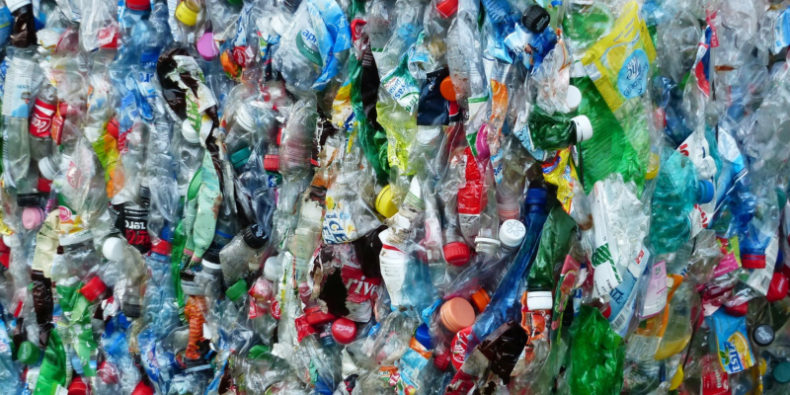
Source: Pixabay
In an age where recycling in Canada is in 5th gear, there are a number of perceptions about its impact on waste in the country, and the world. Here are 5 myths that you may or may not have heard about, and the truth about the situation.
1. Recycling Uses More Energy
There is a common myth that has been bobbing to the surface on a regular basis, namely that recycling does not save energy at all. And in fact is more wasteful than simply making something new. Daniel K Benjamin, a senior at the Property and Environment Research centre is quoted as saying to Big Think that recycling is a wasteful business, and that people should instead be focused on saving energy, not recycling. But the Environmental Protection agency had much to say in direct contrast to Benjamin’s ‘careless’ statement. They said that recycling aluminum cans saves about 95% of the energy that would be required to make a new one. Steel and tin can recycling saves about 60% to 74% of the energy.
It is also true that energy saving can work in so many ways, and whether its switching off lights when not needed, playing at a casino online instead of driving to the local land-based one, or buying energy efficient appliances, there is plenty you can do to help the environment.
2. Items Must Be Sorted For Recycling
In the early days of recycling an enormous amount of sorting was required in order for waste to be processed correctly. But as machine technology has evolved, the correct perception of the sorting required has not evolved with the advancements. Previously staples had to be removed from paper in order to recycle, but now, magnets remove the staples.
The truth is that these days’ most recyclable items can all be placed into a single bin. The sorting systems of yesteryear are no longer required, and the perceptions about sorting are out dated. Recycling itself is not an out dated notion though; it has simply evolved with the times. Old concepts plus new technology equal a better, less wasteful experience for all.
3. Recycled Products Are Inferior Quality
Again, in the early days of recycling there was a marked difference in quality between a new product, and one that had been recycled. Recycled plastic had a reputation for falling apart, and recycled paper not only looked ugly, but was coarse to the touch as well. The perception has lasted so long that a recent survey revealed many were less likely to buy green products, simply because they still assumed them to be lower in quality.
But that was a long time ago, and many Canadians are simply not aware of the enormous increase in the quality of recycled products and the fact that they can easily compete with their single use disposable counterparts, and are still opting for convenience over all else.
4. Recyclables Are Dumped In With The Trash
This one is a sort of urban myth that has persisted throughout the years. In 2012 China put a ban on importing perceived low quality scrap materials, which caused a wave of confusion and a number of recycling companies to divert recycled plastic bottles back to landfills. But once again, times have changed since then, and recycling plastic bottles is still as necessary as it ever was. The vast majority of plastic is no longer diverted back to landfills, and it was only ever a small incident that occurred in 2012.
5. Recycling Should Pay For Itself
The cost and overall profits made from recycling fluctuates, just like all world markets. It is true that some recycling plants have closed, since they were unable to break even, but the overall benefits of recycling are always sound in the long run, both in Canada and globally.
As the process continues to evolve there will be many changes along the way, and the business models of recycling will change, as with all markets and all industries.
Sources:


























